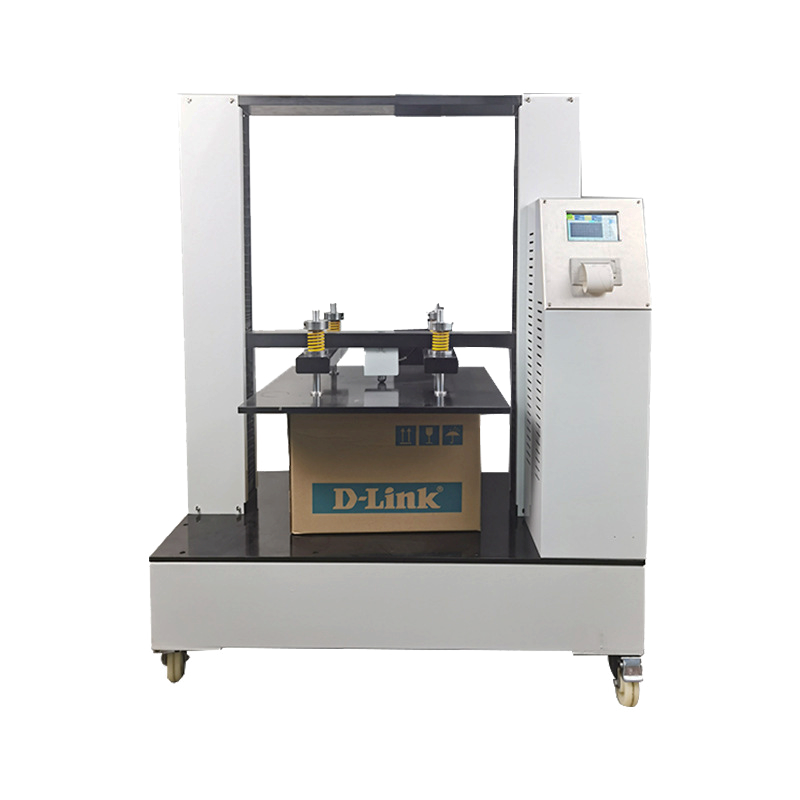
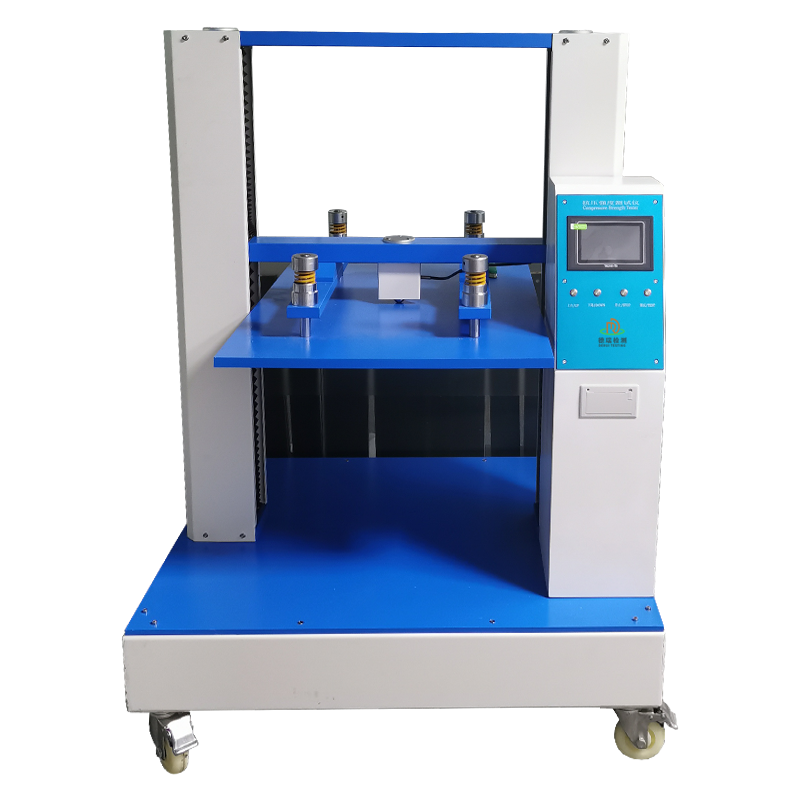
Composite material packaging compression tester
178005.0 INR/Unit
Product Details:
X
Composite material packaging compression tester Price And Quantity
- 1 Unit
- 178005.0 INR/Unit
Composite material packaging compression tester Trade Information
- Cash in Advance (CID)
- 100 Unit Per Month
- 5 Days
- All India
Product Description
Main Functions
Compressive Strength Test: Measure the maximum compressive capacity of the composite packaging in the vertical direction according to relevant standards (such as ASTM D642, GB/T 4857.4, etc.), and evaluate its load-bearing capacity during stacking, transportation and storage.
Deformation test: Record the deformation of the package under compression load, assess the degree of deformation and recovery ability, and ensure that the package can still maintain its structural integrity and appearance after bearing pressure.
Stacking test: simulate the force of the package in the actual stacking situation, assess its stacking stability and load-bearing capacity, to ensure that the multi-layer stacking will not be collapsed or damaged.
Cyclic compression test: Load and unload the package for several cycles to evaluate its fatigue performance and durability, ensuring that the package can still maintain good compression resistance after repeated handling and transportation.
Data analysis and report generation: Built-in data analysis software can automatically generate detailed test reports, including maximum compressive strength, deformation, loading curve and other parameters, to help the quality control department carry out strict quality assessment.
| Item | DR-B211-900 | DR-B211-1200 | DR-B211-1500 |
| Max. Force | 10KN(1000 kg ,2205lb) | 20KN(2000 kg, 4409lb) | 50KN(5000kg,11023lb) |
| Load cell | 1 load cell for highest accuracy | ||
| Control system | Dual control (Computer control with Windows mode+Touch screen control ) | ||
| Servo Motor | 400W | 750W | |
| Servo Driver | 400W | 750W | |
| Screws | Ball screws(Double ball guide rod design, high transmission accuracy, high transmission power efficiency) | ||
| Force reading | Gf, kgf, Ibf, N, KN, T etc | ||
| Load cell Resolution | 1/250,000 | ||
| Load Precision | within 0.5% | ||
| Effective test area (L x W x H) | 700x900x900mm | 1000x1200x1000mm | 1300x1500x1500mm |
| Compression Stroke | 0~900mm | 0~1000mm | 0~1500mm |
| Lift speed | 0.1~200mm/min | ||
| Software | Mtest HD-002-A(Independent R&D) | ||
| Data display | Load, displacement, speed, loading rate and elapsed time | ||
| Safety features | E-Stop Over-load protection Upper and lower limit switches Load sensor with automatic retreat | ||
| Report items | Serial number, peak value, average value, set pressure holding value, pressure holding time | ||
| Electrical Supply | 1phase, AC 220V, 500W, 50HZ | 1phase, AC 220V,550W,50HZ | 1phase, AC 220V,900W,50HZ |
| Overall Dimensions (L x W x H) | Approx.1510x1200x1645mm | Approx.1510x1200x1645mm | Approx.1865mmx1500mmx2235mm |
| Weight | Approx.350kg(772lb) | Approx.670kg(1477lb) | Approx. 1000kg(2205lb) |
| Operation Temperature and relative humidity | 10~40, 30~80% | ||
How to accurately measure the compressive strength of cartons using a compression tester
Accurately measuring the compressive strength of a carton using a compression tester requires following a series of standardized steps and precautions to ensure accurate and repeatable results. The following are detailed operating instructions:
1. Equipment Preparation
1.
Equipment inspection:
Appearance check: Ensure that the compressive strength tester is in good appearance, with no obvious damage or abnormality.
Sensor Calibration: Check whether the sensor has been calibrated to ensure its accuracy meets the test requirements. Monthly calibration is usually recommended.
Safety devices: make sure the safety devices such as overload protection, limit protection and emergency stop device are working properly.
2.
Environmental conditions:
Temperature and humidity: ensure that the test environment meets the standard requirements, usually the temperature should be controlled at 202C and humidity at 655% RH.
Vibration and interference: avoid testing in an environment with vibration or electromagnetic interference to ensure the accuracy of the test results.
2. Specimen preparation
1.
Select representative samples:
Randomly select a number of samples from the bulk carton, it is usually recommended to test at least 5 samples to obtain the average value.
Ensure that there are no obvious defects or damage to the samples.
2.
Dimensional Measurements:
Use vernier calipers or tape measure to measure the length, width and height of the carton and record the dimensional data.
Ensure that the measurement accuracy is within 1mm.
3.
Pre-processing:
Leave the carton under standard environmental conditions (temperature 202C, humidity 655% RH) for at least 24 hours to eliminate the influence of environmental factors on the test results.
3. Parameter setting
1.
Test Mode Selection:
According to the test standards (e.g. ASTM D642, GB/T 4857.4, etc.), select the suitable test mode, such as compressive strength test, stacking test, etc.
2.
Parameter setting:
Compression speed: usually set to 10-12mm/min, the specific speed can be adjusted according to the test standard or customer requirements.
Load range: set the appropriate load range according to the expected compressive strength of the carton, usually recommended to be set as 1.2-1.5 times of the expected compressive strength of the carton.
Displacement limit: set the maximum displacement, usually 50% of the height of the carton.
3.
Calibration check:
A simple calibration check is carried out prior to the test to ensure that the equipment is in good condition.
4. Test Procedure
1.
Placement of specimen:
Place the carton between the platens of the compression tester, making sure the carton is placed smoothly and centered.
Avoid tilting or eccentric placement of the carton to ensure the accuracy of the test results.
2.
Starting the test:
Start the compression tester to begin testing.
Observe the test process to ensure that the equipment operates normally and that there are no abnormalities (e.g. sudden collapse, tearing, etc.) in the carton during compression.
3.
Data Acquisition:
The equipment automatically records the load and displacement data and generates the load-displacement curve.
Record the maximum compressive strength value and the corresponding displacement.
5. Result analysis.
1.
Data processing:
Calculate the maximum compressive strength of each specimen and take the average value.
Analyze the load-displacement curves to assess the deformation pattern and bearing capacity of the cartons.
2.
Result Evaluation:
Compare the test results with the standard requirements or customer specifications to assess whether the compressive performance of the carton is qualified.
If the results do not meet the requirements, the reasons need to be analyzed, such as material problems, unreasonable structural design, etc., and take corresponding improvement measures.
3.
Report Generation:
Generate a detailed test report, including the following contents:
Specimen number and description
Test date and environmental conditions
Maximum compressive strength and average compressive strength
Load-displacement curves
Any anomalies or observations
6. Cautions
1.
Specimen Pretreatment:
Ensure that the specimens are pretreated under standard environmental conditions to eliminate the influence of environmental factors on the test results.
2.
Equipment Calibration:
Regularly calibrate the equipment to ensure the accuracy of the test results.
3.
Safe operation:
Pay attention to safety during operation and avoid hands near the platen.
In case of emergency, press the emergency stop button immediately.
4.
Data Recording:
Record all data and observations during the test in detail to ensure data integrity and traceability.
7. Common problems and solutions
Unstable test results:
Reason: Improper pre-treatment of specimen or inaccurate calibration of equipment.
Solution: Ensure that the specimens are pre-treated under standard environmental conditions and that the equipment is calibrated regularly.
Sudden collapse of carton:
Reason: The carton structure is not reasonably designed or the material strength is insufficient.
Solution: Check the structural design and material selection of the carton and make improvements if necessary.
Abnormal operation of equipment:
Reason: Loose sensor or control system failure.
Solution: Check whether the sensor connection is firm, whether the control system parameters are set correctly, and repair if necessary.
Tell us about your requirement

Price:
Quantity
Select Unit
- 50
- 100
- 200
- 250
- 500
- 1000+
Additional detail
Mobile number
Email




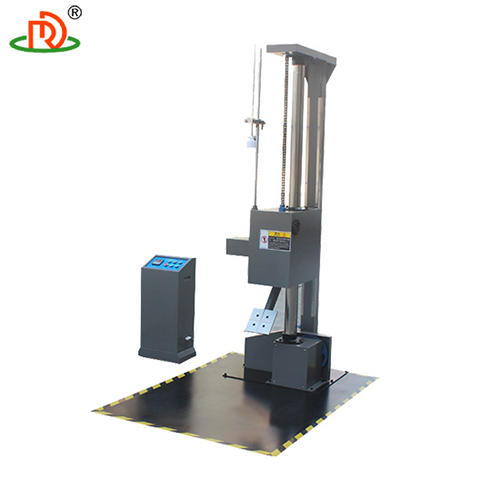
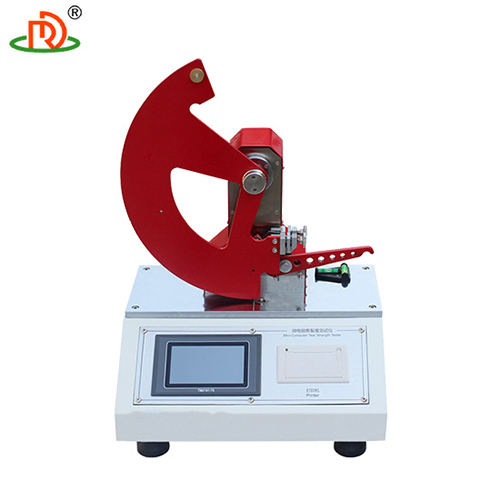
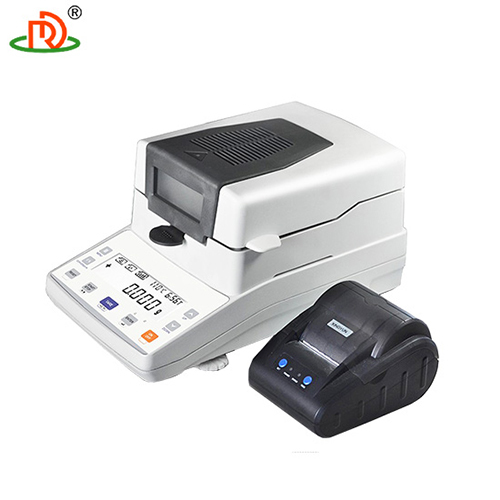
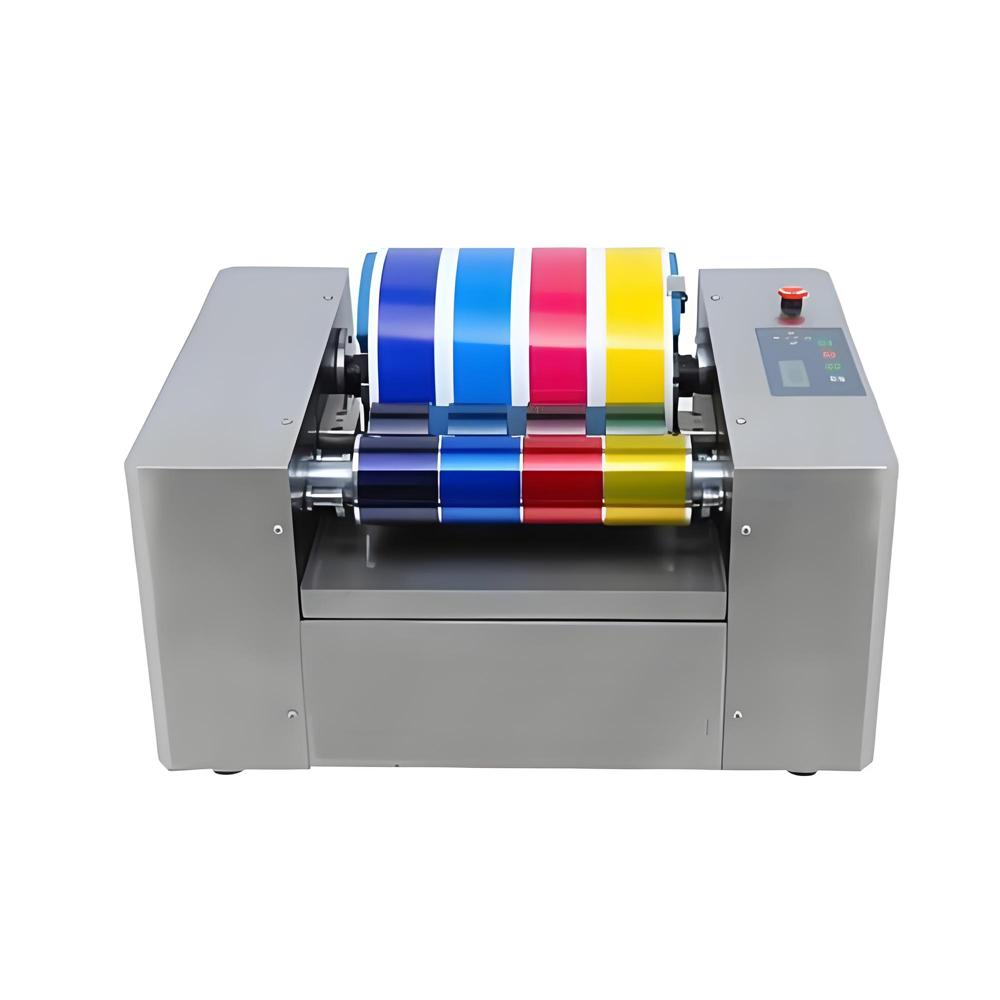

 English
English Spanish
Spanish French
French German
German Italian
Italian Chinese (Simplified)
Chinese (Simplified) Japanese
Japanese Korean
Korean Arabic
Arabic Portuguese
Portuguese